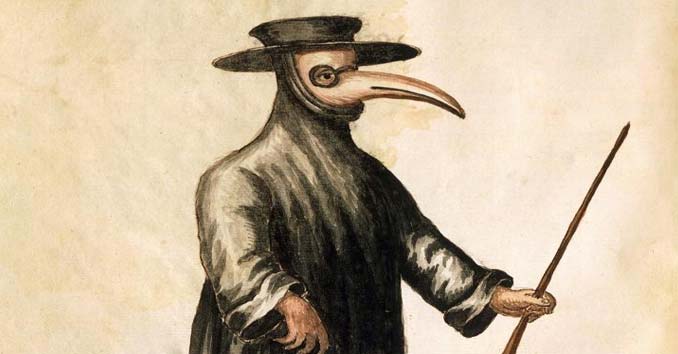 Flu pandemics occur when a drastically different strain of the flu virus emerges and passes through humans. These strains are very foreign to the immune system making it hard to naturally fight it off. New strains form in farm animals such as chickens, pigs, and cows. The last flu pandemic, swine flu, happened in 2009 and was caused by pigs. Swine flu killed over 200,000 people. Flu pandemics occur every 10-40 years. New strains constantly form, but only a few are able to pass and spread among humans because animal and human viruses are very different. Researchers are working to find new ways to stop these viruses from spreading.
Flu pandemics occur when a drastically different strain of the flu virus emerges and passes through humans. These strains are very foreign to the immune system making it hard to naturally fight it off. New strains form in farm animals such as chickens, pigs, and cows. The last flu pandemic, swine flu, happened in 2009 and was caused by pigs. Swine flu killed over 200,000 people. Flu pandemics occur every 10-40 years. New strains constantly form, but only a few are able to pass and spread among humans because animal and human viruses are very different. Researchers are working to find new ways to stop these viruses from spreading.
Source: https://www.livescience.com/64992-how-flu-becomes-pandemic.html




